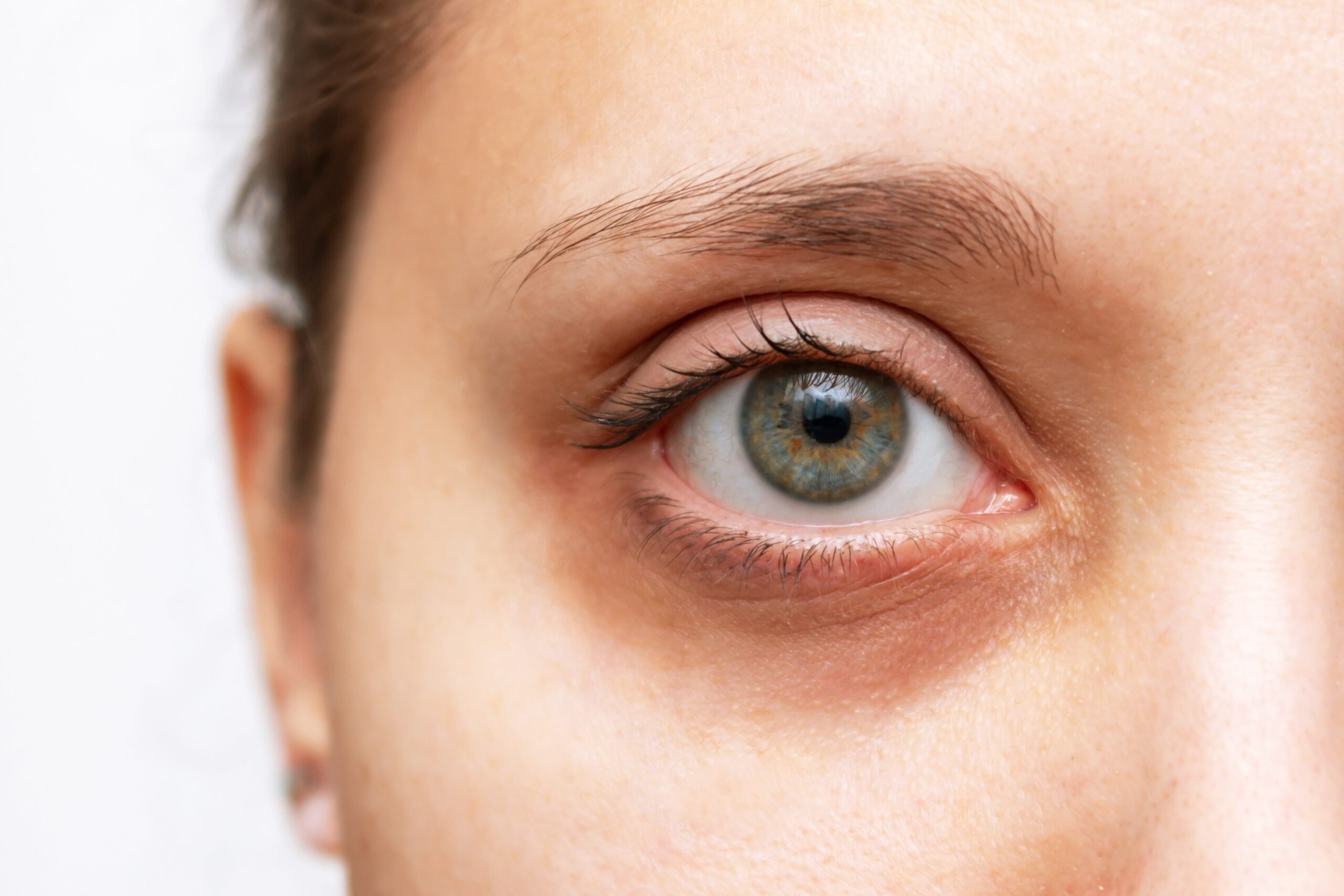

Macular Degeneration and Age-Related Macular Degeneration occurs in two main forms: a “dry” or atrophic type and a “wet” or exudative type. Everyone with macular degeneration initially has the dry form and every person with macular degeneration develops the disease in both eyes, however, one eye can worsen more quickly than the other. The dry form of AMD is NOT one disease; there are four major groups of dry AMD. The first three are classified by the size of the small yellow spots (called drusen) that develop in the layer of cells underneath the retina. Drusen come in three sizes: small, medium, and large. Patients with small drusen have an excellent chance of keeping good vision during their lifetime. Patients with medium or large drusen have a much higher chance of developing the wet form of macular degeneration, especially if their drusen are associated with small clumps of brown pigment. Patients with medium or large drusen are considered to have “HIGH-RISK” dry AMD. The fourth type of dry macular degeneration is called geographic atrophy, in which the cells underneath the retina slowly wither away. Geographic atrophy only rarely changes into wet macular degeneration, however, it can cause a person to become legally blind if the disease affects the cells underneath the very center of the macula.

Treatment for dry macular degeneration depends upon the type of disease present in a patient. All patients with dry macular degeneration should have a coating on the lenses of their eyeglasses to block the ultraviolet rays from the sun. Sunglasses are helpful when outdoors. A daily multivitamin with antioxidants, lutein, zeaxanthin, and zinc may slow the progression of high-risk dry AMD and wet AMD. We do not recommend taking more than 80 mg of zinc per day because this may be harmful to the retina and other organs.
Although only 10% of patients with AMD will develop the wet type of degeneration, 90% of the patients with severe visual impairment have this form of the disease. In wet AMD, fluid builds up under the retina. Abnormal new blood vessels that grow like tiny weeds under the retina cause this fluid. The fluid can be seen during a retinal examination and documented with a noninvasive test called Ocular Coherence Tomography (OCT). The abnormal blood vessels and the leakage they cause are visualized using a safe intravenous dye test called a fluorescein angiogram. Without treatment, the blood vessels will eventually form a scar and lead to permanent loss of the central vision.
A retinal tear can occur due to aging or an eye injury. Similar to retinal detachment, a tear in the retina can cause shadows in vision or flashes. If left untreated, a retinal tear can lead to retinal detachment. Retinal tears often require treatment–but not always.
Every patient with dry macular degeneration is given a special chart with a checkerboard grid pattern called an Amsler Grid. The Amsler Grid that your Retina Specialist gave you has the instructions printed on the back. It is crucial for a patient with macular degeneration to look at his/her grid every day. The proper way to look at the grid is to hold it at a reading distance (with your reading glasses on) and cover one eye at a time. While looking at the round dot in the center, you’re verifying that all the lines appear straight. Some patients with dry macular degeneration may have a few wavy lines on the Amsler Grid; as long as the appearance of the grid does not change from day to day, there is no cause for concern. However, if the lines suddenly become more distorted or lines that were previously straight become wavy, then call the office IMMEDIATELY. We will make every effort to see you in the office within 24 hours. It is very important to understand that any sudden noticeable change in the appearance of the grid almost always means there is a problem in the macula, and we consider it to be an emergency.

Ongoing research investigating the causes and treatment of AMD remains one of the major efforts of the ophthalmology community. Dr. Kirsch is the Principal Investigator for the evaluation of two new potential medications for wet AMD. The results of the studies should be available in the near future. The Eye Institute of West Florida is committed to providing our patients with every opportunity to benefit from the most advanced and current treatments available and will continue participating in clinical research studies in the future.
Leonard Kirsch, MD and Richard Hairston, MD were the first Retina Specialists in the Tampa Bay area to offer these new treatment options for patients with wet macular degeneration.